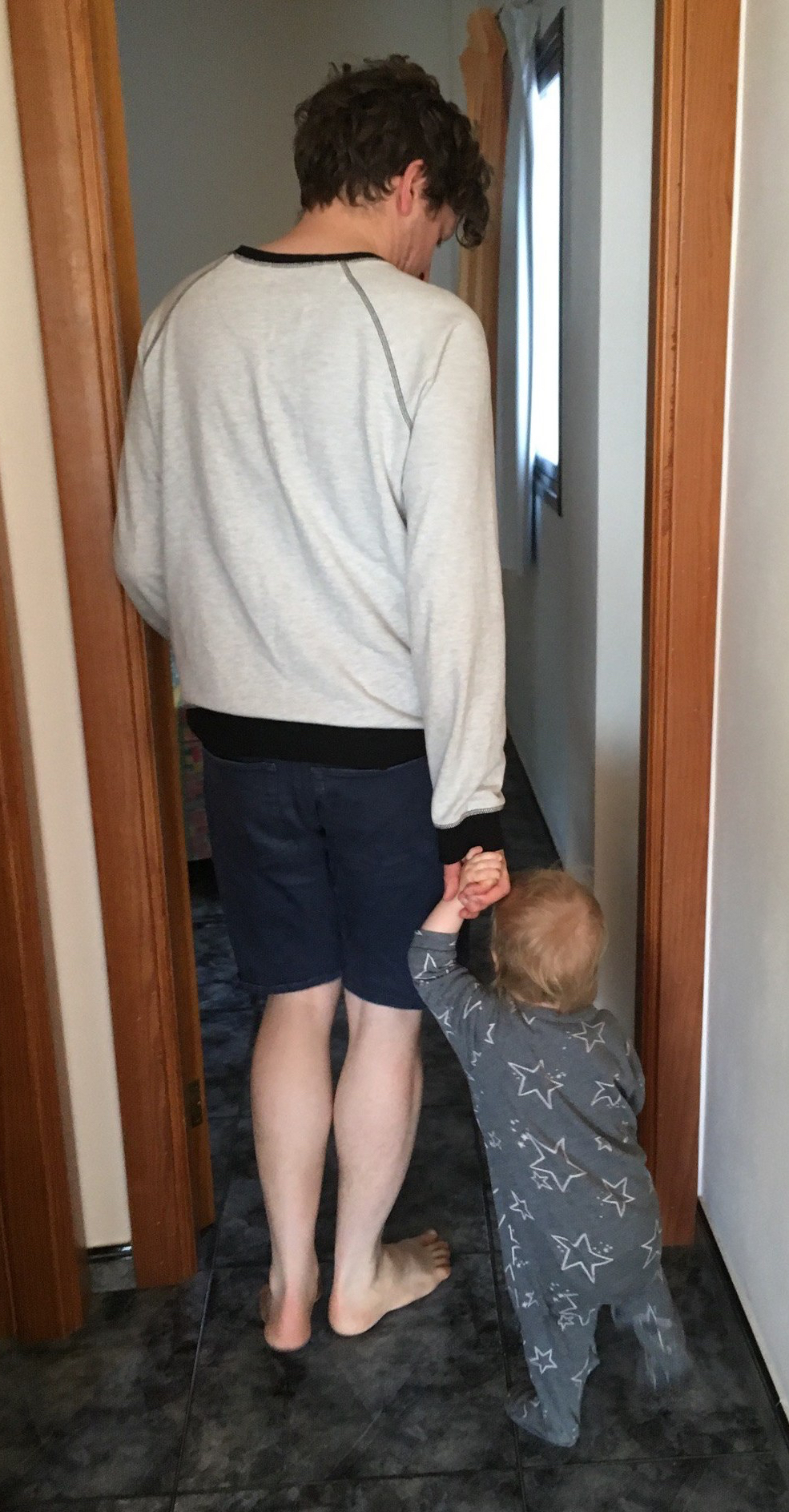
The first thing to check before booking self-catering accommodation for your family is whether babies and toddlers are welcome. Not all property owners like the idea of small people puking on their sofas and slamming toy cars onto their coffee tables, and it’s better to find that out sooner rather than later.
It’s worth mentioning the fact that you’re travelling with children in an email so if it comes to it later, you’ve got it in writing. The baby girl’s grandfather fell foul of an incompetent letting agent recently and it was only because he could prove that he’d notified told them about the baby girl that they refunded him his deposit and found us another property at a discounted rate when the mistake was discovered several months later.
Ticking the ‘family/kid friendly’ box when searching on sites like Airbnb can be a time saver, or you can book via a dedicated family friendly letting agent – I haven’t tried any yet myself but there are lots available online. This is a good option if you like the idea of staying somewhere that provides absolutely everything, from baby monitor to nappy change station.
What equipment is provided?
The next question to ask is what equipment they provide for babies and toddlers. This is less of an issue for UK bookings, as it’s not that much trouble to pack a travel cot and high chair, but for foreign trips you want to avoid lugging lots of stuff with you if possible.
As far as essentials are concerned, cots are usually available, though quality can vary. If your baby is very particular about where she sleeps, consider bringing your own travel cot. High chairs are less common, but not difficult to get hold of, if requested. It’s a good idea to bring a fabric chair harness with you, just in case – they’re very light and don’t take up any space in your luggage.
Less important, but extremely useful nonetheless is a microwave for warming up bottles and baby food. A bathtub makes it easier to mimic your bath and bedtime routine from home, making good nights’ sleep more likely for all concerned. We usually bring a small inflatable paddling pool with us just in case it turns out that only a shower is available.
Layout
It’s worth asking about the layout of the property. If it has stairs, are stairgates available? This is a deal breaker for a lot of parents – whether or not you think they’re necessary depends on you and your child. Other safety concerns are fireplaces and wood burning stoves, which most likely come with a fire guard of some kind but perhaps not one robust enough to keep a curious toddler out of harm’s way.
In terms of access, how easy will it be to get in and out of the property with a pushchair? And once you’re in, is there somewhere to store it without folding it? If you’re renting a flat on an upper floor, is there a lift, or can you leave the buggy downstairs?
Stairs aren’t the only layout consideration. If you don’t usually share a bedroom with your child, how do you feel about doing so on holiday? Getting an additional bedroom is the most obvious solution, but such a choice usually has cost implications. A bedroom with a (well ventilated) walk-in wardrobe can work almost as well if you don’t want to fork out for a separate room for your child.
Parents of very noise-sensitive babies and toddlers might want to enquire as to the location of your little one’s bedroom in relation to the street and to the room where you’ll be hanging out most of the time. You really don’t want to spend your evenings whispering and tiptoeing around the place while you’re meant to be relaxing. Parents of very light-sensitive sleepers will find it most convenient to pack a travel black-out blind in case the curtains aren’t up to scratch.
Local area
In terms of the local area, it’s handy to have a shop that sells milk and other essentials nearby and, if you’re staying somewhere for a while, a place to play. This could be a park with a play area, a local library, a beach or a child-friendly museum.
All that said, while the presence or absence of certain features in a holiday let might make your stay a bit easier, it’s not like it’s going to make or break your time away. Ask the right questions before you book so you know what you’re letting yourself in for, make sure you’ve got essentials like a cot and high chair, and the everything else will work itself out in the end.



